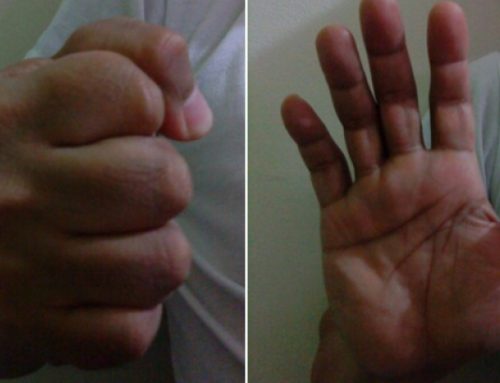Literally translated meaning to weave, it is a staple technique in Filipino martial arts. The combinations are endless beginning with as few as 4 strikes up to as many as 16.
Master Joseph Bautista of Eskabo Daan and Guro Jay Jasper Pugao of Visayan Style Corto Kadena have offered their insight on the technique.
When asked to define what the Sinawali was Bautista explained, “The sinawali is a pattern used either with impact weapons, edged weapons, empty hands or a mix and match of the three. And Sinawali means to weave so it is a continuous motion of repetition of the same pattern. It can be a very simple pattern or a very intricate pattern. It can go high and low, left and right.”
When asked what the sinawali teaches an individual Pugao explained, “The sinawali teaches rhythm, timing and layering. What I mean by layering is if you’re coming at different angles and certain blades are going on top of another and weapons are dancing within your arm, you must be able to layer or weave properly or you could cut your arm.”
Both men agree that the ability to flow is the epitome of Filipino martial arts and the sinawali teaches just that.
“If you notice all the drills we do, all the techniques we do, is to flow from a ‘jacked up’ position. Because nothing’s going to work ideally but ideally you should be able to flow from any position you start and end from. So if you get interrupted or disrupted in one flow, your job is to keep going and not stop, just flow into the next phase,” added Bautista.
Pugao also believes the different variations teaches a martial artists to adapt.
“The variations are there to get the martial artists prepared for the dynamic fluidity of a perpetual motion. The weaving pattern prepares the martial artist to train the body and mind to throw combinations and do variations because your opponent is not going to be stagnant.”
The patterns are designed to build coordination when utilizing two weapons.
“Most Filipino martial arts that utilize double weapons; all have their version of the sinawali. I have not done any historical research on it but I would speculate that we all have it.”
The different variations also teach a martial artist to attack vital areas of the body, a phrase they call “defanging the snake”
“The sinawali to us meant to attack the folding hinges, so the wrist, the elbow, the shoulders, all parts of the body that once are broken, your perpetrator is less likely to attack you. You take away the poison by disengaging, breaking or engaging or locking these specific parts,” stated Pugao.
“Sinawalis go wherever you need it to go. Sinawalis can be defensive and offensive at the same time, so what was a block could be a strike and what was a strike could be a block, added Bautista.
The sinawali is just one part of Filipino martial arts that is universally used but remains unknown to the masses.
We at Eskabo Daan strive to promote Filipino martial arts and make it known for generations to come.





















